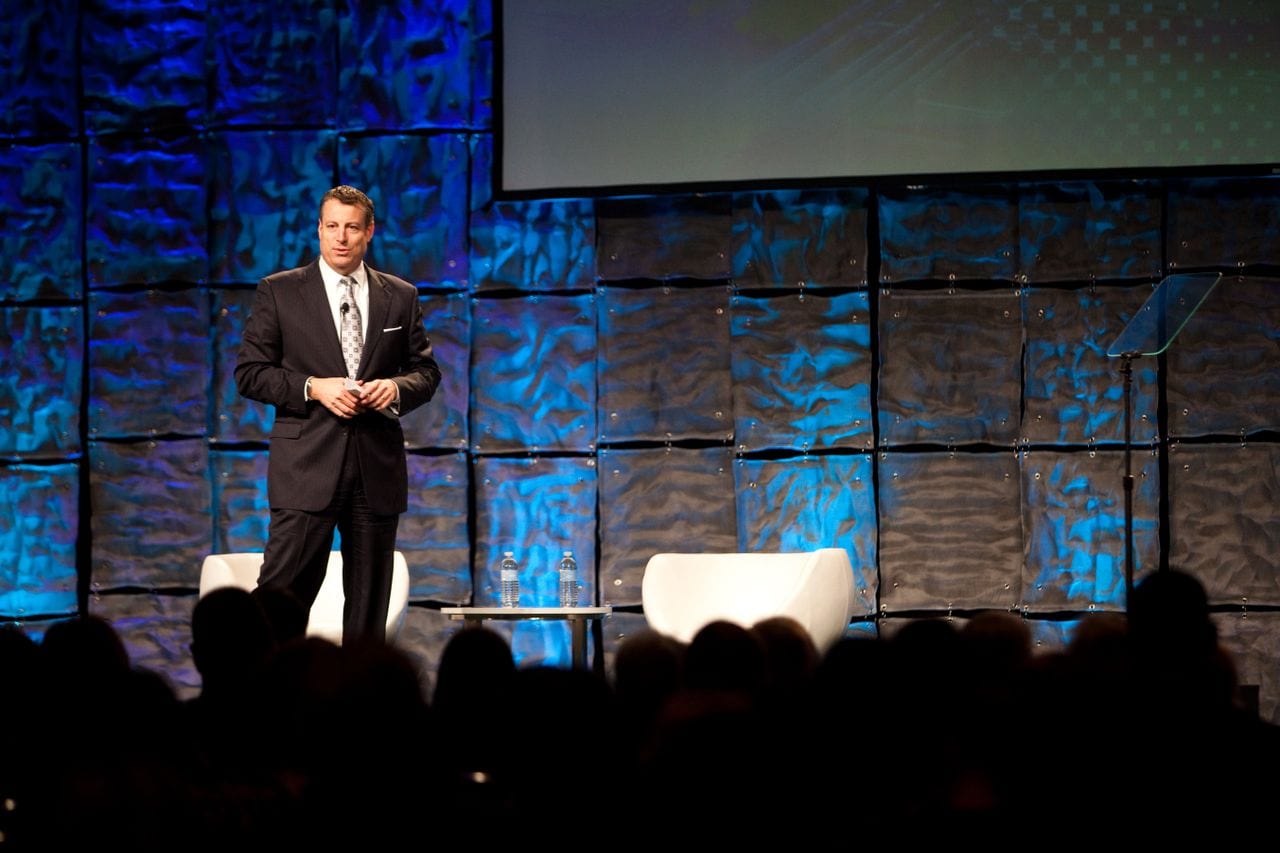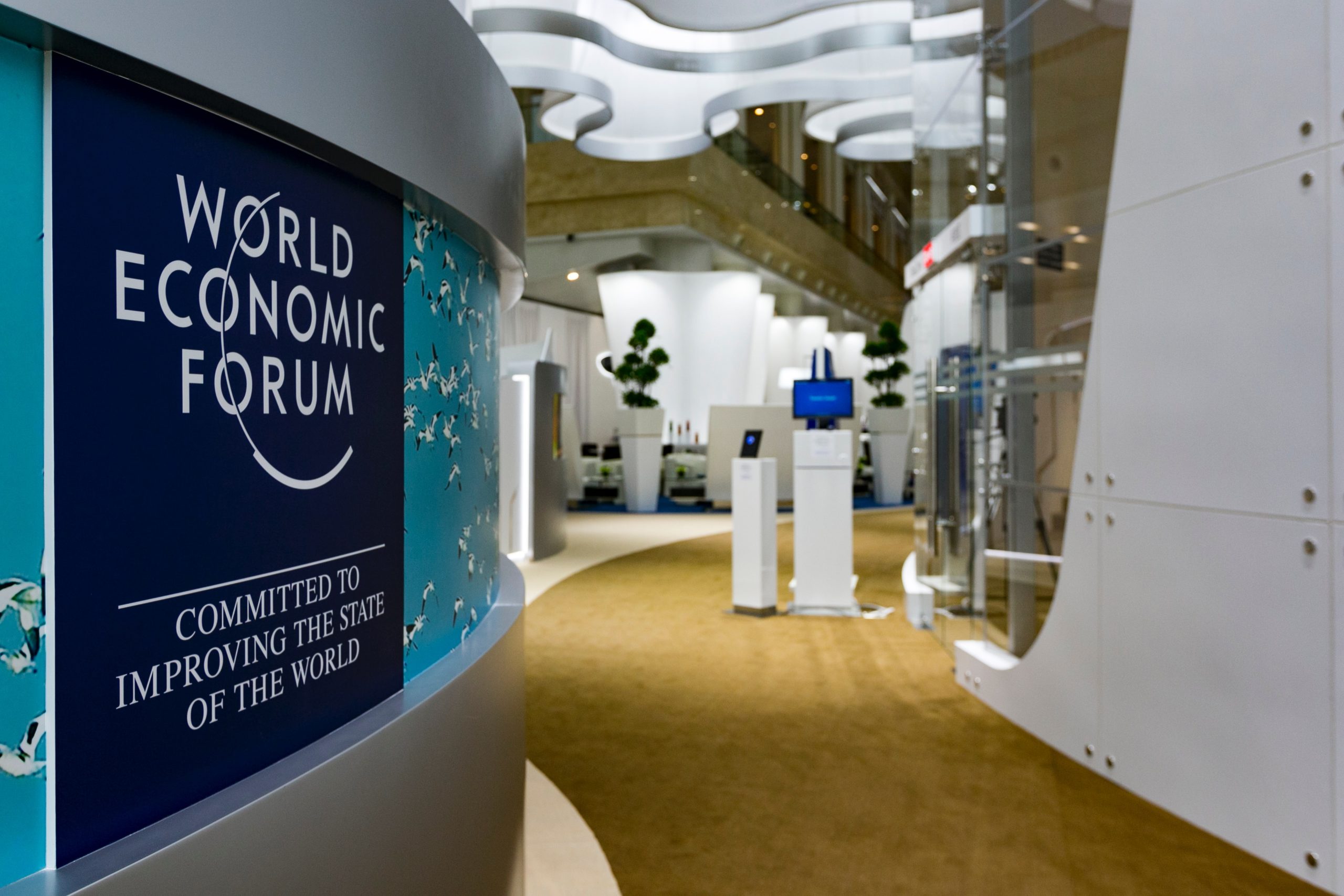Last week I had the privilege of serving as co-chair of the Public Relations Society of America’s 2012 International Conference in San Francisco and on a panel called The Agency of the Future with Jack Martin, Global Chairman and CEO, Hill+Knowlton Strategies; Janet Tyler, Co-CEO and Founder, Airfoil Public Relations; Fred Cook, CEO and President of Golin Harris, which was moderated by Peter Himler, founder of Flatiron Communications.
During the panel discussion, I shared the following observations on what I see as the changing definition of news. Years ago, when I was pursuing my journalism degree, I heard a simple, populist definition of news: “News is something that makes you say, ‘Wow, I didn’t know that.’” But now, over the past year or so, I have been hearing an equally simple but profoundly current definition: “News is something important enough to find me.”
Consider this. There are 1.8 million official subscribers of the New York Times, about half digital. But 6.3 million people get their NY Times news via Twitter, to say nothing of the many millions more people who follow each individual section, journalist and columnist. The NY Times is still a professional news organization disseminating news. But far more people get their “news” simply because someone tweeted, texted or emailed them a short headline. So basically, if it’s worth knowing about, someone will tell me. The “Dark Knight” theater shooting, the death of Osama Bin Laden, the NFL fill-in ref bad calls – if it’s important or interesting, someone will text me about it, or it’ll be on Facebook or trending on Twitter. I no longer have to seek out news – it will find me.
What are the implications for those of us who are infomediaries, helping companies and brands disseminate their news? As the media critic Tom Rosensteil asked, “What happens to the role of the gatekeeper in the absence of a fence?” Here are five implications, and I’ll be interested to hear from you if you see more.
- Shared Stories: As we have been suggesting for a few years now, a brand should be thinking less about the story it’s trying to tell about itself, but rather the story others will tell about it – the shareable story. This requires an outside-in view of your story. It’s less about you, more about your consumer.
- Multi-Platform Storytelling: If we know that people pushing news to other people is the largest news channel, we have to offer news that can be shared in many formats. Ketchum’s Multi-Media Release (MMR) does exactly that. Today, we disseminate hundreds of MMRs with blog posts, videos, tweets and other content embedded and ready to share.
- Magnet Content: If everyone is your gatekeeper and potential news carrier, the bar is raised on the creative quality of your content. Your content has to be a magnet that is compelling and provocative and meets a must-share standard.
- Always-On News: With news being constantly shared in short formats, a brand’s news engine needs to be always on – balancing the release of large announcements at appointed moments in time, while also opportunistically responding and reacting to breaking news and online memes gathering currency in real time.
- The Role of Aggregators: As we explore the definition of news, we need to also explore news aggregators, such as the Drudge Report, and social media news aggregators, such as Flipboard, and Aol’s Editions, among others. These sites shape what is considered important news and content for both consumers and other media outlets. In effect they both help define how individuals discover news and how news finds individuals.
I’m glad this perspective found you, and I’ll be interested in your thoughts.




